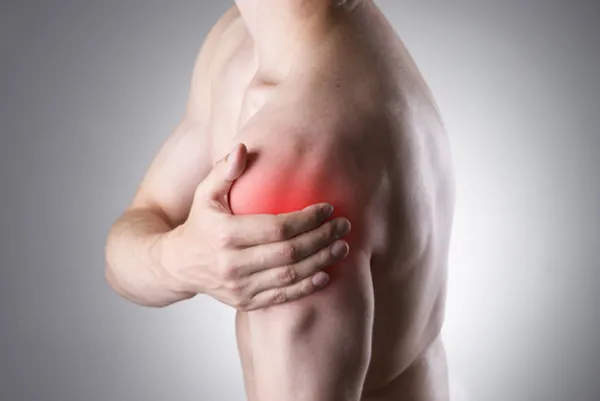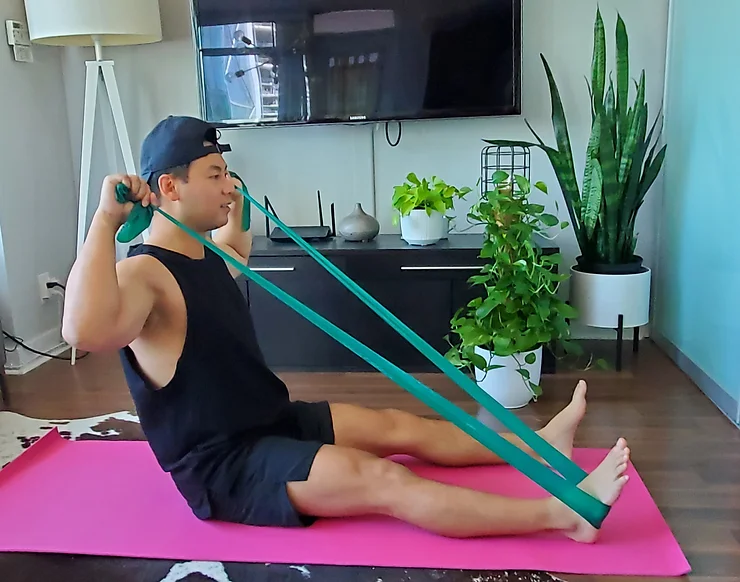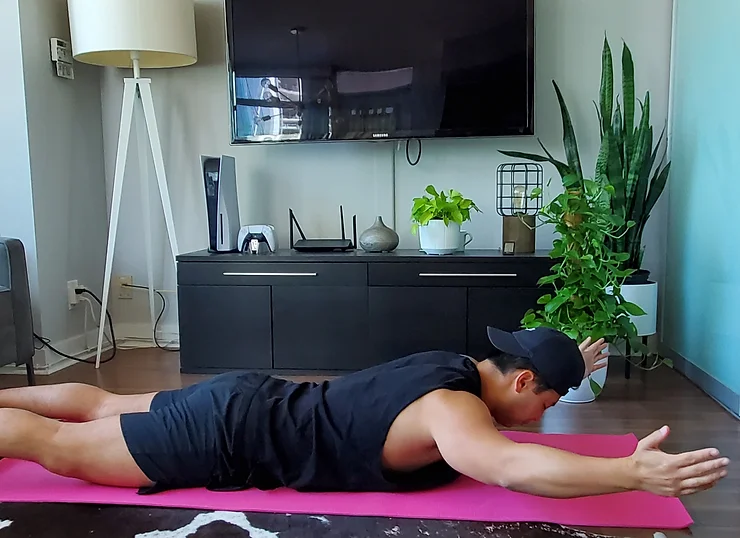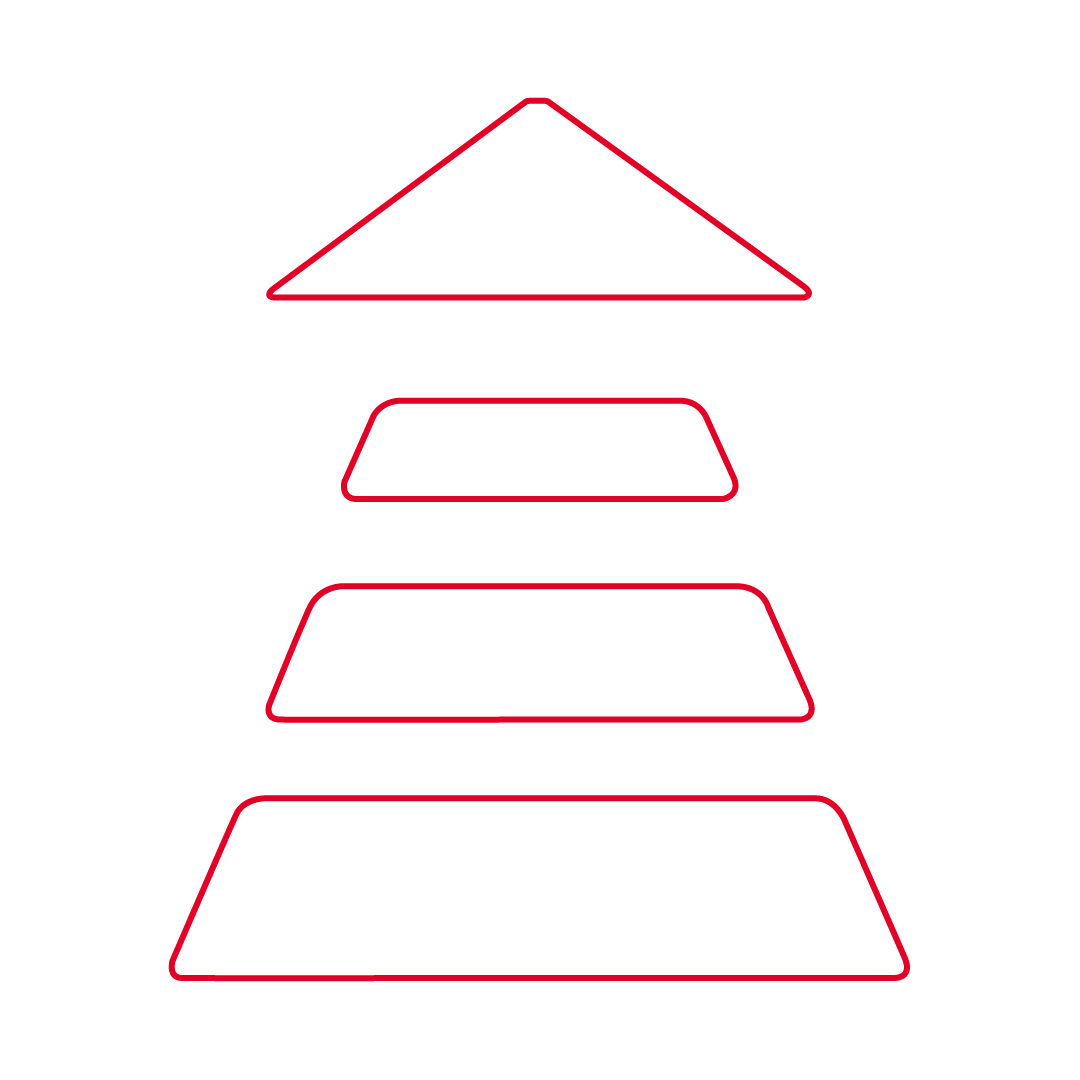Biceps tendonitis is caused by inflammation of the long head of the biceps tendon. This inflammation of the biceps tendon can be caused by the wear and tear of our daily activities and more particularly repetitive overhead activities. As we age there is also a gradual degeneration of our tendons.
Repetitive shoulder movements are typically the reason for most bicep tendinopathies, yet the further degeneration of aging tissues can further complicate the injury for some people. Let’s take a deeper look at what exactly is biceps tendonitis and some of the early signs and symptoms of this injury.

What is it?
In the early stages of biceps tendonitis, the tendon starts to become inflamed, red, and swollen. Then as the tendinitis further develops, the tendon sheath starts to thicken and grow larger. As the tendonitis continues to worsen in later stages, the tendon becomes even darker red and more inflamed. At this point, the damage to the tendon can be so severe that it results in a tear. When looking at athletes who perform repetitive overhead movements, like racket sports, volleyball players, or swimmers, these high velocity motions over a long period of time can easily lead to biceps tendonitis. Now let’s review some of the early warning signs that you might have biceps tendonitis.
What are the signs and symptoms?
-
Snapping sounds or unusual sensations in the shoulder
-
Pain or tenderness in the front part of the shoulder
-
Shoulder pain that worsens with overhead lifting
-
Pain and tenderness that moves along the upper arm bone
How is it treated?
Impingement of the bicep tendon during repetitive overhead movements causes inflammation and pain in the front of the shoulder. This impingement is caused by muscles that pull the shoulder forward such as the chest, lats, or some of the muscles in the rotator cuff. Massaging and stretching the muscles will allow the shoulder to rest back relieving the pressure on the biceps tendon during overhead movement. Acupuncture is also particularly effective at releasing tension around the shoulder.
Upper back tightness can also lead to a slouched posture with shoulders rounded forwards. In this case treatment to the upper back will be important during the treatment of biceps tendinitis. Joint mobilization and adjustments can be very useful to loosen the upper back and promote a better posture for your spine and your shoulder.
Common Home Exercises
Facepull
Sitting on the floor. Anchor a resistance band around your foot and hold on to either end of the band. Pull the band toward either side of your face as you flare your elbows outwards. You should feel the muscles in the back of your shoulder and upper back engage. Perform 10-15 receptions and 3 sets.

Wall W’s
Sitting with your back to a wall. Place your forearm and elbows against the wall. Reach up toward the ceiling to stretch your shoulder and your chest. This exercise is used to work on shoulder flexibility while maintaining proper shoulder posture. Perform 10 receptions and 3 sets.

Floor Angel
Lying on your chest. Lift your arms up off the ground. Perform a snow angel movement my lifting your arms overhead. To increase the intensity of this exercise use a light dumbbell. Perform 10-15 receptions and 3 sets.


